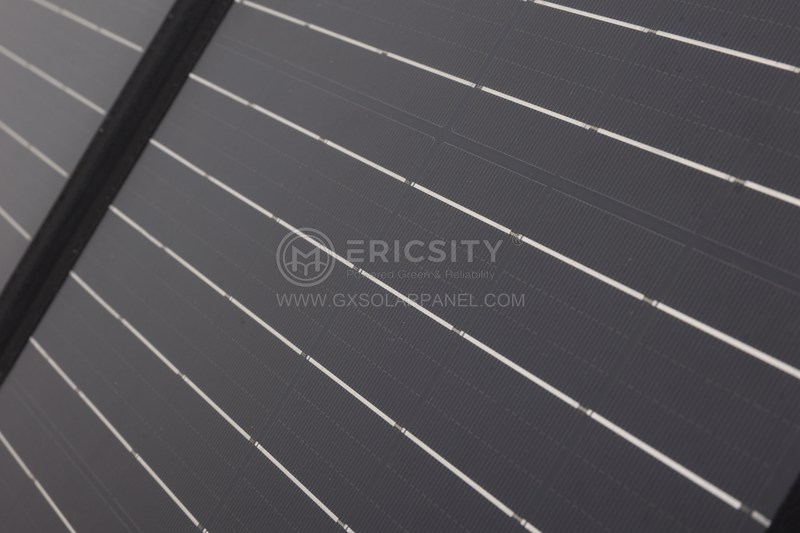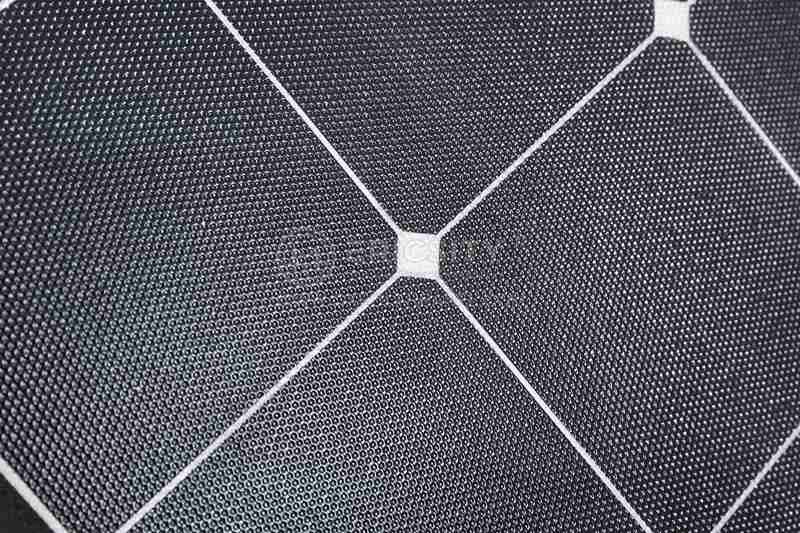HOT PRODUCT
Product Details
solar Power For Urban Environments: Black Flexible Panels
Solar Power for Urban Environments: Black Flexible Panels
Solar power has emerged as a practical and sustainable alternative to traditional energy sources. With advancements in technology, solar panels have become more cost-effective and efficient. However, urban environments often pose challenges for solar panel installation due to limited space and aesthetic concerns. This is where black flexible panels can play a vital role. In this article, we will explore how black flexible panels offer a solution to harness solar power in urban areas.
Black flexible panels, also known as thin-film solar panels, are a cutting-edge technology that offers several advantages over traditional solar panels. Unlike rigid panels, these thin and lightweight panels are bendable, allowing for flexible integration into various architectural structures, such as building facades, windows, rooftops, and even curved surfaces.

One of the key advantages of black flexible panels is their versatility. They can be easily integrated into existing urban infrastructure without compromising aesthetics. The black color of these panels blends seamlessly with modern urban skylines, making them more visually appealing compared to traditional blue panels. This characteristic ensures a more seamless integration into the urban environment.
Another advantage is their enhanced efficiency in low-light conditions. Traditional solar panels tend to lose efficiency when partially shaded or placed in less optimal orientations. However, black flexible panels have a higher tolerance for shading, allowing them to generate electricity even in partially shaded areas. This is particularly advantageous in urban areas where buildings and structures may cast shadows on solar panels.
Additionally, black flexible panels offer improved performance in high temperatures. Unlike rigid panels that may experience performance degradation due to excessive heat, thin-film solar panels are designed to handle high temperatures better, resulting in more consistent energy production. In urban environments with heat-island effects, where buildings and concrete surfaces trap heat, black flexible panels can maintain their efficiency levels.
Cost-effectiveness is another crucial factor contributing to the popularity of black flexible panels. While the initial installation costs of traditional solar panels can be high, thin-film solar panels are generally less expensive to produce and install. This makes them a cost-effective choice for urban environments, where space constraints often require optimized solutions.


Furthermore, the manufacturing process of black flexible panels consumes fewer raw materials compared to traditional panels. This not only helps in conserving natural resources but also reduces the environmental footprint associated with solar panel production. As sustainability becomes a growing concern in urban areas, black flexible panels offer a greener option for harnessing renewable energy.
Despite the numerous advantages, it is important to consider certain limitations of black flexible panels. One drawback is their lower energy conversion efficiency compared to traditional panels. While their efficiency has improved significantly over the years, black flexible panels still have a lower conversion rate, meaning they generate less electricity per unit area. However, advancements in technology are continuously addressing this issue, and the trade-off between efficiency and flexibility is still favorable in urban environments.
In conclusion, black flexible panels provide an innovative and practical solution for harnessing solar power in urban environments. Their versatile nature, aesthetic appeal, shade tolerance, heat resistance, and cost-effectiveness make them a viable option for integrating solar power into urban infrastructure. As technology continues to advance, black flexible panels will likely become even more efficient and cost-effective, further revolutionizing the way we harness solar energy. Embracing this sustainable solution can empower urban areas to become greener and more self-sufficient in their energy needs, supporting a cleaner and healthier future for our cities.




